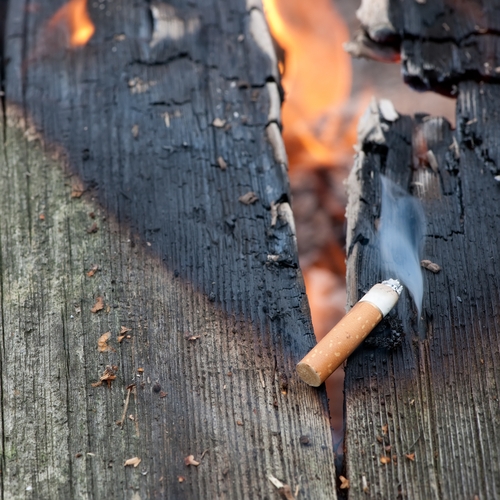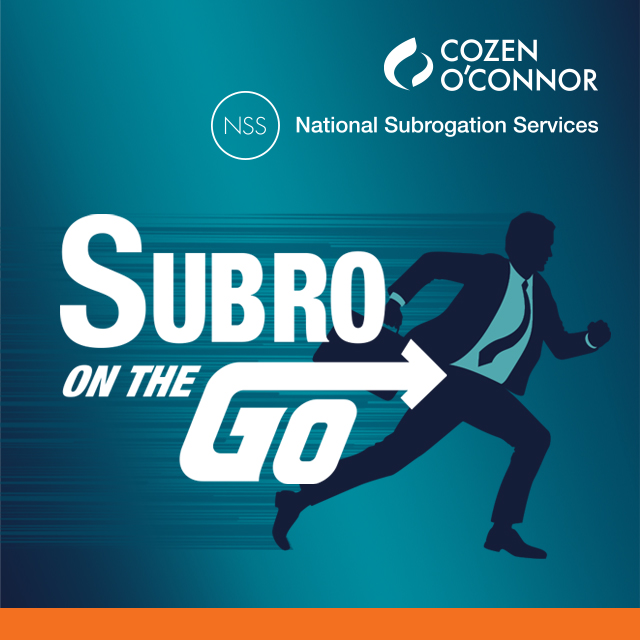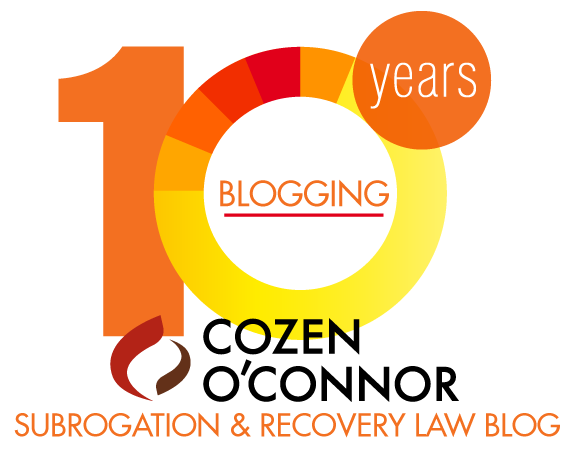Has your cause and origin investigator concluded that a carelessly discarded cigarette started a fire? If so, you should determine the location from which and manner in which the cigarettes were bought. If the cigarette at issue was not “fire safe”, there may be a small time-frame left within which to pursue a subrogation claim against internet retailers for selling an illegal cigarette within your insured’s state.

The tobacco industry, which had for decades actively opposed passage of state and federal requirements for cigarette fire safety standards, argued that it was not technically feasible to manufacture such a cigarette. In direct response to the proposed rule-making, Brown & Williamson Tobacco Corp., R J Reynolds Tobacco Co., Specialty Tobacco Council directed a comment in opposition to the legislation and the proposed standard. The tobacco companies’ objected that “[i]t has not been demonstrated that the performance standard specified in section 4 of the proposed rule will impact real world fire scenarios.” Assessment of Public Comment – Fire Safety Standards for Cigarettes. 2003.
The State administrative agency rejected the tobacco companies’ position, responding:
Large changes in ignition strength test results can be expected to reflect significant changes in fire risk. There is reason to expect that compliance with the performance standard specified in section 429.4 of the proposed rule will result in a significant reduction in cigarette-initiated fires. Reducing the heat output and the burning time of a cigarette will reduce the likelihood that it will ignite a fire.
New York set a minimum performance requirement for cigarettes which are to be tested in accordance with the American Society of Testing and Materials standard E2187-02b. The standard requires a lit cigarette to be placed on ten layers of standard filter paper in a draft-free environment and then observed to determine whether or not the tobacco column burns through its full length. A brand is in compliance if no more than 25 percent of the 40 cigarettes tested in a trial exhibit full length burns.
After NY passed its pioneering law, all 50 U.S. states since have required that all cigarettes sold by 2012 must be “fire safe,” that is, have sharply reduced ignition strength or ability to start fires. These cigarettes are also known as Lower Ignition Propensity (LIP), Reduced Fire Risk (RFR), self-extinguishing, fire-safe or Reduced Ignition Propensity (RIP) cigarettes. In the United States, "FSC" above the barcode officially stands for Fire Standards Compliant (FSC). State laws generally contain exceptions permitting the sale of non-FSCs that have been tax-stamped by wholesalers and retailers in the state prior to the effective date of the state’s FSC law. State by state legislation updates can be referenced here.
Some smokers claim they have found a difference in the taste of FSC cigarettes from non-FSC cigarettes, leading to more internet sales of non-FSC cigarettes. Other smokers have reported adverse reactions to FSC cigarettes. There also has been a rise in people rolling their own cigarettes instead of continuing to smoke FSC cigarettes. Additionally, given the inconsistencies in the march of the FSC legislation across the U.S., smokers have had time to purchase non-FSC cigarettes from online vendors.
In summary, be sure to thoroughly examine the circumstances and determine whether the cigarette involved was sold by an internet retailer. Their may be subrogation potential against the online vendor for selling an illegal product or violating relevant consumer protection laws.



